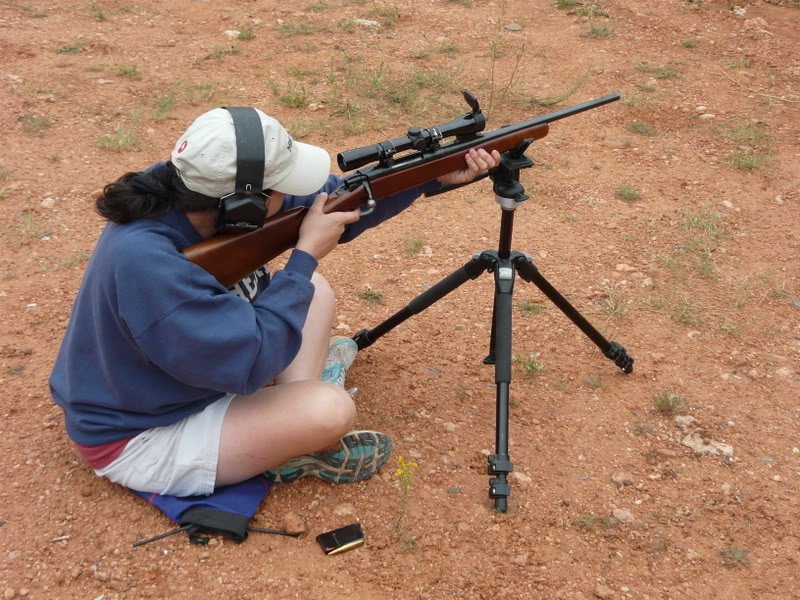Lakes To Get Slot-Limits
Salt River lakes get slot limits for 2 years starting in 2009
Anglers enjoying the popular Salt River chain of lakes may want to keep a ruler handy starting in January 2009 when Arizona’s new fishing regulations go into effect.
The Arizona Game and Fish Commission on Oct. 11 voted to create slot limits at Saguaro, Canyon and Apache lakes just like the one already in place on Roosevelt Lake in an effort to give these popular fisheries another nudge down the comeback trail after being blitzed by golden alga blooms in recent years.
In addition, possession of one fish out the protected slot limit will be allowed at Roosevelt and this provision is also part of the new slot regulations at Saguaro, Canyon and Apache.
The Game and Fish Commission adopts the fishing regulations for a two-year period. For 2009 through 2010, the whole Salt River chain of lakes (Roosevelt, Apache, Canyon, and Saguaro) will have a 13- to 16-inch protective slot limit, with anglers being allowed to keep one slot-sized bass. These slot limits will automatically sunset after two years (the slot limit and newly added one fish possession provision at Roosevelt Lake does not sunset).
“It’s a nice added insurance policy for these lakes as they recover from the alga-caused fish die-offs these fisheries suffered several years ago,” said Fisheries Chief Kirk Young.
Young added that anglers have always shown a willingness to play a role in helping fisheries when they can by either catching-and-releasing fish when necessary or by catching-and-keeping fish when called for.
Young explained that in December of 2007, the Game and Fish Department launched a four-pronged effort to help the popular Salt River chain lakes (below Roosevelt Lake) on the road to recovery. The ongoing efforts include:
Stocking the lakes to give sport-fish populations a boost.
Conducting fish population, water quality, and angler creel studies to determine the effectiveness of those stockings.
Implementing research to better understand golden alga and to assess whether stocking fish will benefit the fishery.
Conducting outreach and education.
This project has been another example of positive things being born out of a negative event. Several anglers got together and organized the United Arizona Angler Foundation, a group that has successfully raised thousands of dollars to help pay for additional fish stockings. “We hope to both keep this momentum and expand it to other needs at these lakes such as habitat projects and additional research,” Young said.
However, he said, right now it appears that natural productivity and reproduction are the primary driving forces behind the recovery being experienced at these picturesque reservoirs along the Salt River on its journey to the Valley of the Sun.
“That is okay. In fact, natural recovery is what we hope for. Our biggest management challenge is better understanding the dynamics that swing fisheries in one direction or another, especially when it comes to impacts from organisms like golden alga,” Young said.
Young also pointed out that Saguaro Lake has even become an angling hot spot in the last several months. “The bass and shad spawns at this lake have been phenomenal the past two years. Catch rates lately have been terrific for small bass and prolific yellow bass. That bodes well for the future,” Young said.
Young cautioned that while conditions have been favorable for two years, biologists still don’t know the environmental dynamics that lead to major fish-killing golden alga blooms. “I am cautiously optimistic, but from all we know, it appears golden alga is here to stay. We are trying to learn more about the dynamics associated with golden alga, but we are still on the low end of the learning curve.”
Posted on 30th October 2008
Under: Arizona News, Fishing | No Comments »



























